1. Beanie Babies Mania
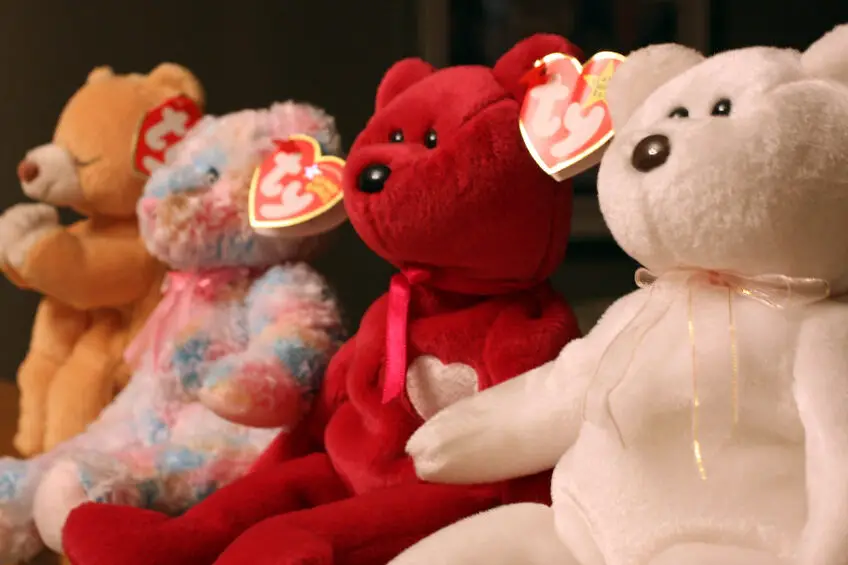
If you were around in the ’90s, you probably remember grown adults lining up outside Hallmark stores, feverishly flipping through value guides and treating plush toys like stocks. Beanie Babies were everywhere, and people were convinced these little creatures would pay for college tuition—or retirement. There was even a documentary made about the obsession. Everyone had their “rare” find tucked away in a plastic box, waiting for the day they could cash in. But that day never came. The bubble popped almost overnight. One minute, you were guarding a Princess Diana bear with your life, and the next, it was collecting dust next to your old VHS tapes shares Yahoo Finance.
It wasn’t just the crash in resale value that made them fizzle out. The entire craze just disappeared from conversations, like everyone collectively decided to forget the madness. Ty tried to keep it going with new generations and styles, but it never recaptured that ’90s lightning in a bottle. Once collectors realized the market was flooded, the appeal vanished. You couldn’t walk through a mall without seeing Beanie Babies in every window back then, and now, it’s hard to find anyone who’ll admit to owning dozens. It’s one of those cultural blips we all took way too seriously, and then just… didn’t anymore adds Cosmopolitan.
2. Laser Tag Arenas
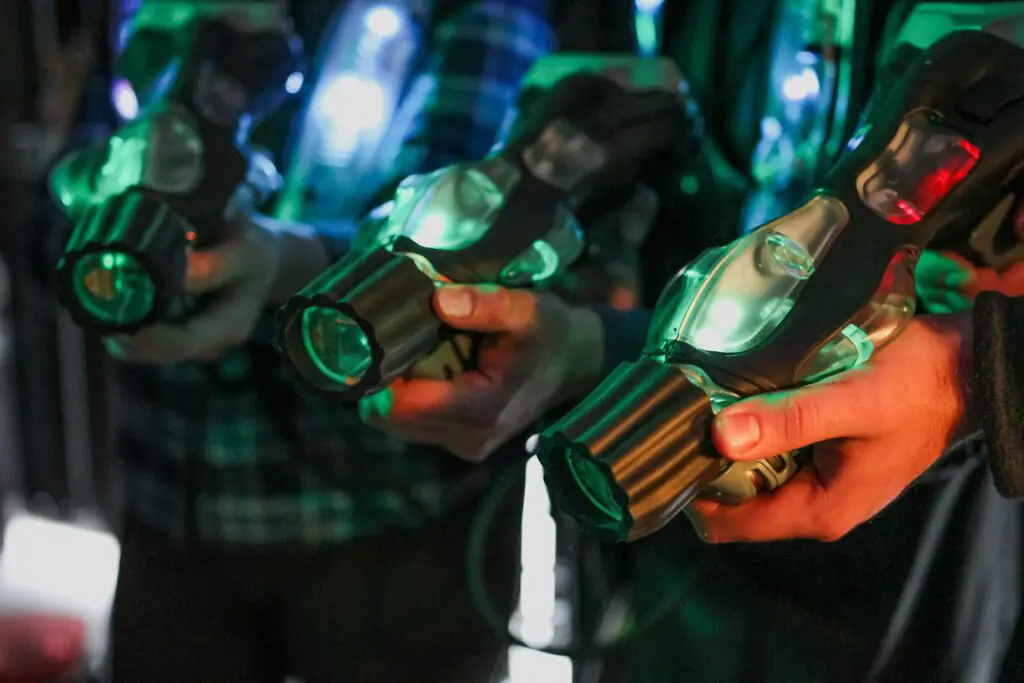
There was a time when every birthday party or weekend hangout seemed to end with a fog-filled, black-lit room and a heavy vest that reeked of sweat. Laser tag was the ultimate cool kid activity. The music was loud, the names were ridiculous (“SniperWolf27,” anyone?), and the adrenaline was real. In the late ’90s and early 2000s, it felt like laser tag was about to become the next big competitive sport. Chains were popping up in strip malls across the country, and everyone thought this was just the beginning says MSN.
But somehow, it faded. Arcade closures and rising rents pushed out a lot of those standalone centers. Newer attractions like escape rooms or virtual reality gaming started pulling people in instead. And while you can still find the occasional arena, it’s no longer the go-to weekend plan. Laser tag quietly slipped out of the spotlight, even though it still has that nostalgic thrill. It’s weird how something that once felt so futuristic now feels oddly retro adds Wikipedia.
3. MySpace Pages

Remember spending hours picking your Top 8 friends and choosing the perfect song for your profile that totally captured your vibe? MySpace felt like your own little corner of the internet before social media turned into what it is today. You could customize your layout, add glittery gifs, and basically become a low-key web designer just to impress your crush. It was messy, chaotic, and personal in the best way. At one point, MySpace even had more traffic than Google.
But almost as quickly as it rose, it collapsed. Facebook’s cleaner, sleeker layout wooed users away, and MySpace never really adapted. One day you were checking for new comments, and the next, your whole network had moved on without you. The site still technically exists, but it’s more of a ghost town than a digital hangout. MySpace didn’t just fizzle, it vanished from people’s routines in what felt like a blink. And somehow, none of us really fought to bring it back.
4. Truck Nuts
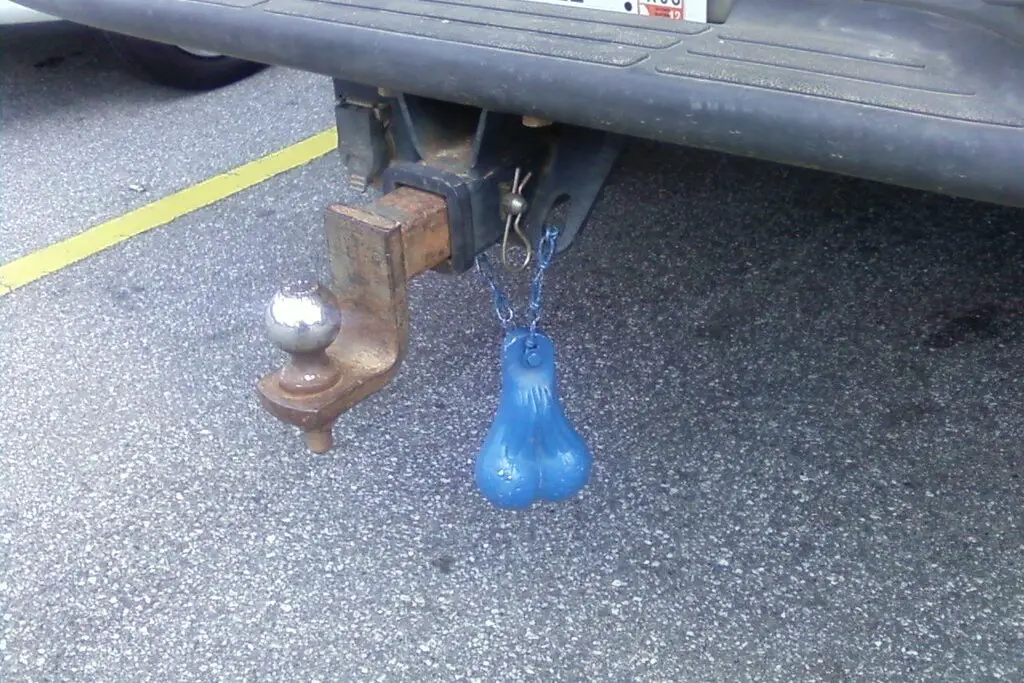
There was a very specific window of time when it felt like every pickup truck on the highway was sporting a pair of chrome or plastic “truck nuts” dangling from the hitch. It was crass, bizarre, and absolutely everywhere for a few years. You’d see them in parking lots, on memes, even at novelty shops like Spencer’s. Some people thought they were hilarious, others found them completely obnoxious. Either way, they sparked conversation, and for a hot minute, they were a legitimate cultural fad.
And then, poof. Gone. Whether it was changing tastes or public backlash, truck nuts disappeared with hardly a whisper. Maybe we just collectively matured (a little), or maybe newer ways to “customize” cars became more popular. But it’s rare to spot them now, and they feel more like an odd relic than something that was once trending. Every so often, you’ll catch one in the wild and do a double take. But mostly, they’re just another weird footnote in America’s long history of novelty fads.
5. Flash Mobs
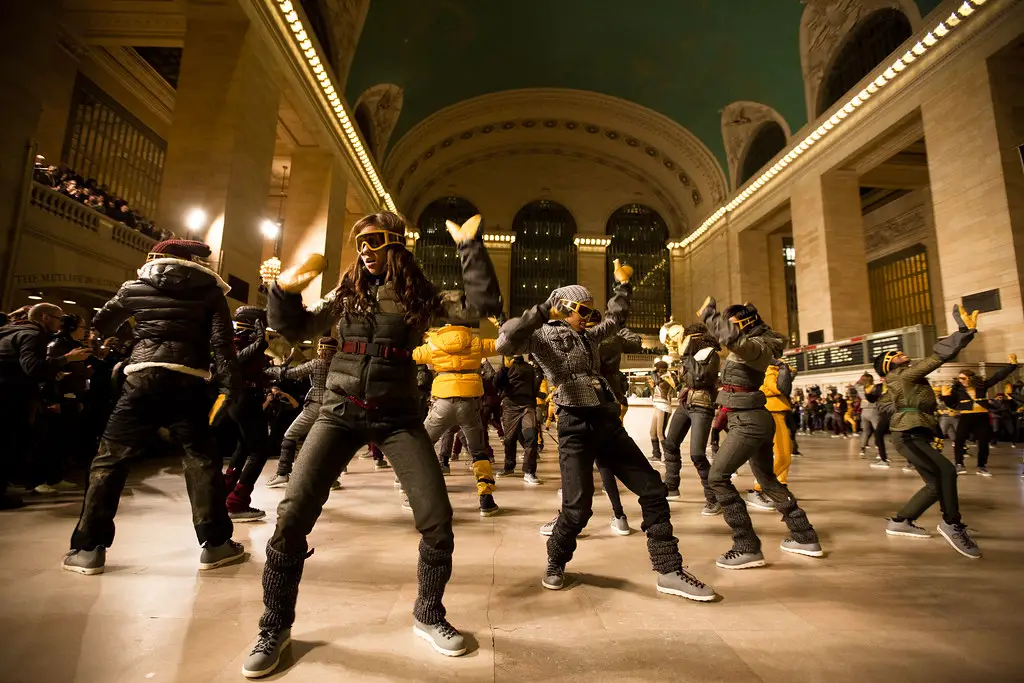
In the early 2010s, it felt like you couldn’t go a week without seeing a new flash mob video. One minute someone was shopping or waiting for a train, and the next, dozens of people were breaking into a choreographed routine to Bruno Mars. They started as spontaneous acts of creative rebellion but quickly turned into corporate marketing tools and viral content bait. For a while, flash mobs were charming and exciting. Everyone wanted to be part of one or at least stumble into one and share the video proof.
But like most trends that go mainstream too fast, they lost their magic. The surprise factor wore off. Once every department store, wedding proposal, and TV commercial jumped on the bandwagon, the originality faded. People stopped watching, stopped filming, and stopped participating. You don’t really hear about flash mobs anymore, even though they once symbolized this exciting, creative energy. They had a good run, but their time came and went quickly.
6. Fidget Spinners
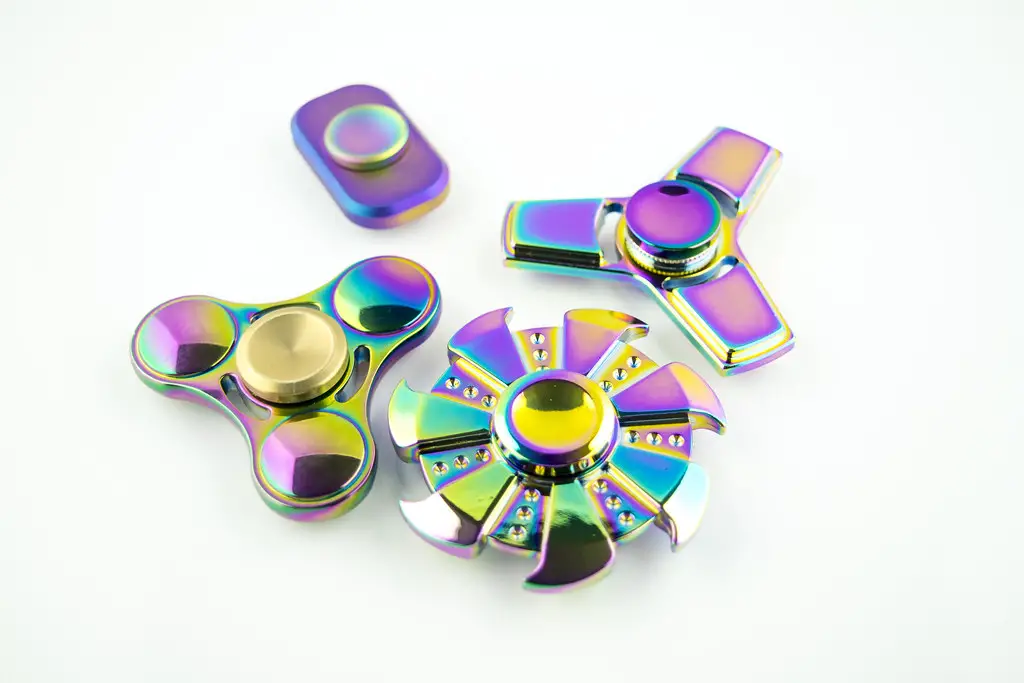
It’s hard to believe there was a time in 2017 when everyone, from toddlers to grandparents, had a fidget spinner in their hands. They were supposed to help with focus and anxiety, but mostly, they just looked cool spinning between your fingers. Kids brought them to school, adults brought them to meetings, and stores couldn’t keep them in stock. It was like the whole country decided to become low-level magicians overnight. You could even buy fancy metal ones or light-up versions for nighttime flair.
And then, nothing. It felt like the trend dropped off a cliff. One day, they were spinning at every desk and checkout counter, and the next, they were buried in junk drawers. Schools banned them, and people lost interest once the novelty wore off. They went from “must-have” to “totally over” in record time. Now they sit next to pogs and slap bracelets in the museum of random trends we thought would last forever.
7. Slap Bracelets
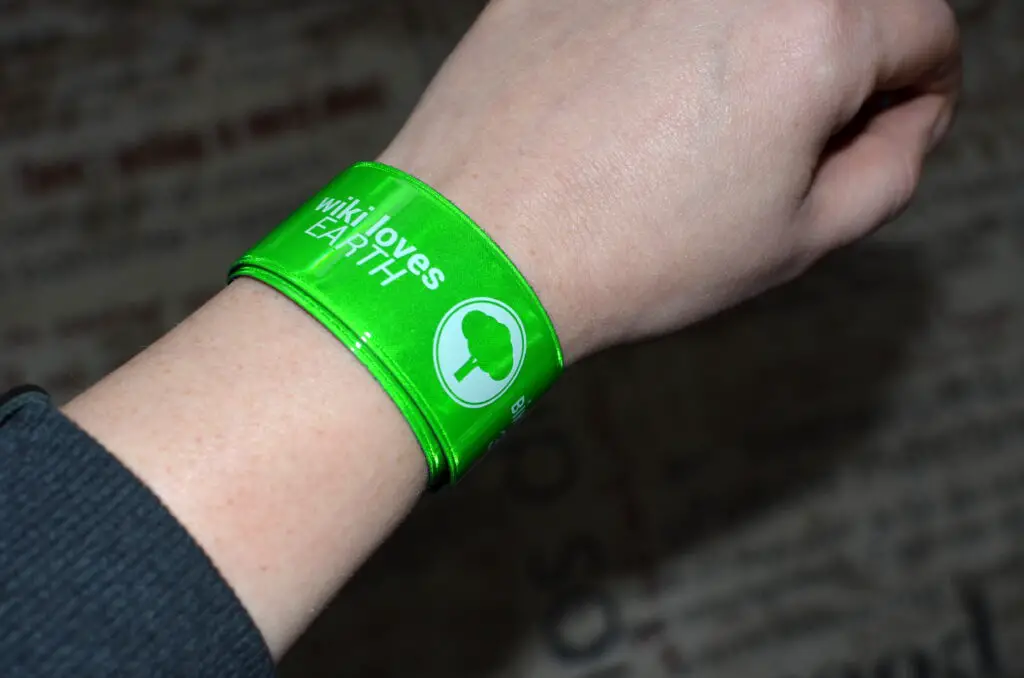
In the early ’90s, slap bracelets were the definition of cool. That sharp snap around your wrist felt weirdly satisfying, and they came in every color and pattern imaginable. Kids traded them like currency at recess. Every classroom had at least one teacher confiscating them, and every parent had one story about their kid getting “snapped” too hard. They were simple, affordable, and somehow irresistible.
But then came the rumors—bracelets cutting wrists, metal edges poking through, schools banning them left and right. The buzz around them cooled almost instantly. Whether those rumors were exaggerated or not, the damage was done. Slap bracelets never really recovered. They’ve had brief comebacks in party favor bags, but nothing like their original wave. Another trend that burned hot and then flickered out fast.
8. Ice Bucket Challenge

For one unforgettable summer in 2014, people everywhere were dumping freezing water on their heads in the name of ALS awareness. The Ice Bucket Challenge was one of the first truly viral charity trends. Celebrities did it, your boss did it, your grandma probably did it. It was fun, for a good cause, and flooded social media feeds with icy reactions and nominations. It actually raised millions of dollars and did wonders for ALS research.
But even massive success doesn’t always mean longevity. After that summer, the challenge faded hard. Other causes tried similar viral stunts, but nothing really caught fire the same way. People moved on, and the buckets were put away. While it made a huge impact at the time, it’s not something people continued year after year. For a minute, it felt like a new way to do good. But in classic internet fashion, it had its moment and disappeared.
9. “Free Hugs” Campaigns
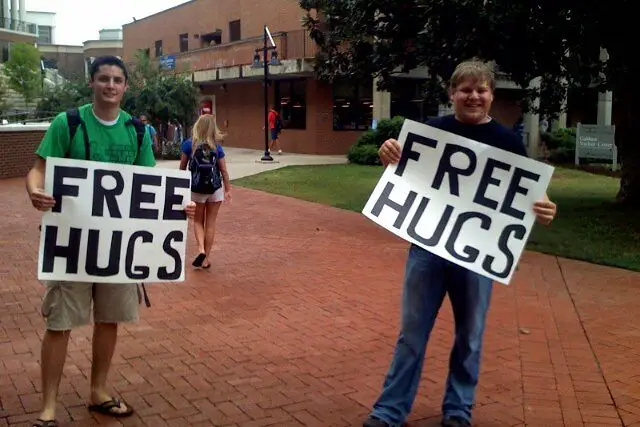
Not too long ago, you could walk through a park or downtown street and find people holding up “Free Hugs” signs. It was sweet, spontaneous, and meant to spread kindness. Strangers hugging strangers felt like a wholesome rebellion against how isolated and disconnected the world had become. The movement caught on globally, and videos of heartfelt embraces went viral. It was a reminder that people were still capable of simple, human connection.
But the vibe shifted. Between growing concerns about personal boundaries, health risks, and just general social awkwardness, the movement lost steam. COVID definitely sealed its fate, but even before that, you could feel the energy dying down. What once felt refreshing started to feel forced or outdated. The idea was lovely, but the cultural mood changed. And just like that, the hugging stopped.
10. Mall Kiosks with Hair Straighteners
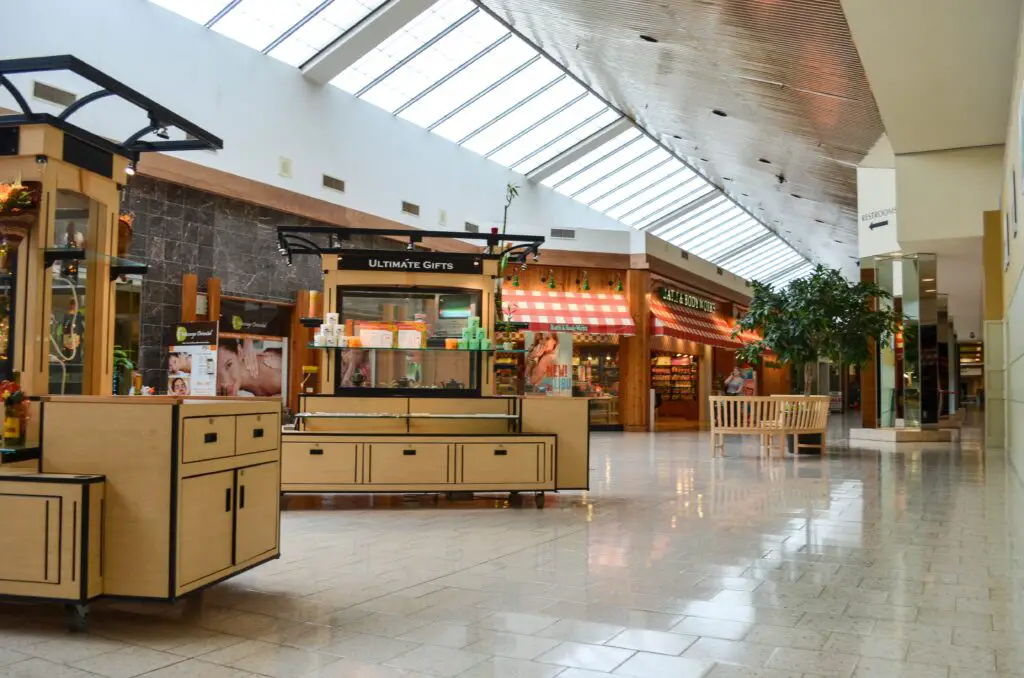
Anyone who’s walked through a mall in the 2000s remembers being hunted by overly enthusiastic salespeople holding hot flat irons. They’d call you over, offer to do “just one strand,” and before you knew it, you were stuck in a full hair tutorial. These kiosks were everywhere, and the products always seemed weirdly overpriced. But for some reason, they thrived. You’d see people walking out with perfectly sleek hair and a $200 straightener they never intended to buy.
Then came the decline. Whether it was online shopping, fewer people going to malls, or better consumer awareness, the hustle stopped working. Malls are quieter now, and the kiosks are mostly empty or gone entirely. The era of aggressive flat iron demos is over. It’s almost hard to imagine that was once a normal part of running errands. But for a time, it was a very real, very weird phenomenon.
11. Pogs
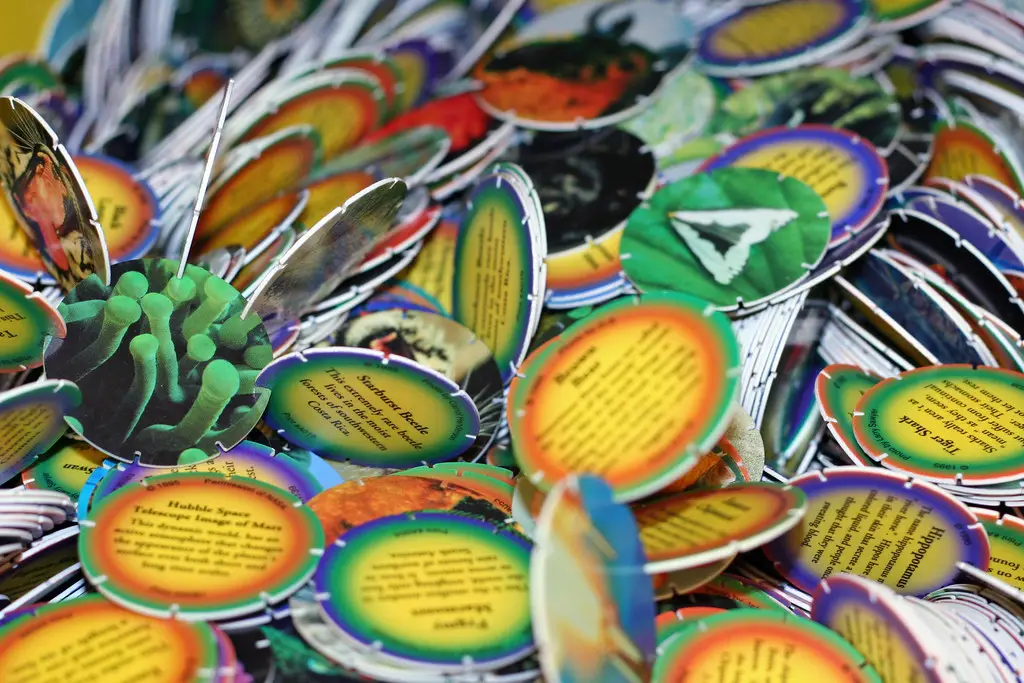
If you were a kid in the ’90s, you probably had a cardboard tube filled with these colorful little discs. Pogs were part collectible, part game, and 100 percent confusing if you didn’t have an older sibling to explain the rules. Slammers, trades, and lunchroom battles were all part of the experience. Everyone had their favorite designs, and it felt like the more Pogs you had, the cooler you were. It was low-tech entertainment at its finest.
But just as quickly as they became a playground staple, they vanished. The novelty wore off, and most kids moved on to video games or Pokémon cards. Pogs never really made a strong comeback, though nostalgia has kept them on eBay. Schools banned them, adults forgot about them, and kids stopped caring. It’s one of those trends that seemed huge in the moment but barely left a trace. Yet anyone who lived through it still remembers the clack of slammers hitting the stack.
12. Planking

There was a brief and bizarre period when people all over the world decided the funniest thing they could do was lie face down, stiff as a board, in strange places. Planking was everywhere—on top of cars, across benches, in office cubicles. It made no sense, and that was kind of the point. The weirder the location, the better. Photos flooded Facebook and Reddit, and for a hot minute, it was the ultimate inside joke.
And then the internet just moved on. Other photo trends took its place, and planking became old news almost instantly. What once seemed hilarious suddenly felt tired. There was no official end to the trend, just a slow disappearance. Like so many internet fads, it burned fast and bright, then faded quietly. Now, it’s mostly referenced as a punchline for how strange those early viral days really were.
